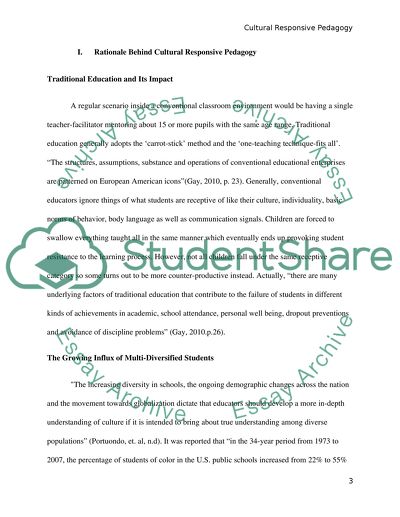Cite this document
(“Culturally Responsive Classroom Essay Example | Topics and Well Written Essays - 1750 words”, n.d.)
Retrieved from https://studentshare.org/education/1463344-culturally-responsive-classroom
Retrieved from https://studentshare.org/education/1463344-culturally-responsive-classroom
(Culturally Responsive Classroom Essay Example | Topics and Well Written Essays - 1750 Words)
https://studentshare.org/education/1463344-culturally-responsive-classroom.
https://studentshare.org/education/1463344-culturally-responsive-classroom.
“Culturally Responsive Classroom Essay Example | Topics and Well Written Essays - 1750 Words”, n.d. https://studentshare.org/education/1463344-culturally-responsive-classroom.


